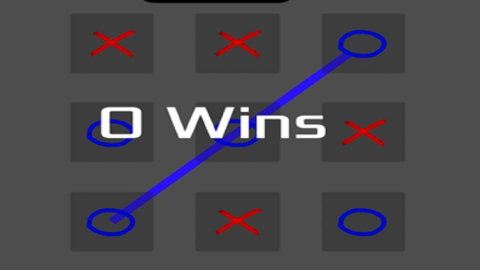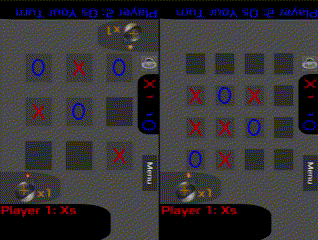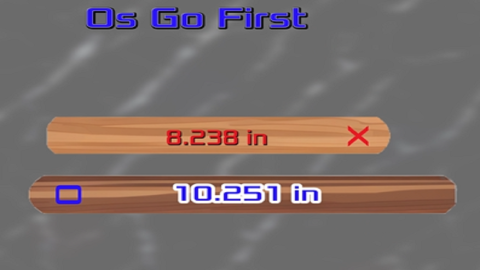Project Description
I started this project on the Godot Engine. It's a popular engine that has rapidly been growing in versatility and favorability. I like the engine because it has a more intuitive interface for me and the built in GD Script is more or less python with a wrapper on it. I also like the engine because it is completely open source and the developers plegde to keep it that way.
I had never used the engine before so I wanted to choose a rather basic game to start with. Hence, tictactoe. I had been playing a small two player mobile game a while ago when I got the inspiration.
Why not take simple (and lack luster) board games from history and spice them up. Make them wacky or whatever. I thought about other random minigame like games I'd played as a kid and really liked.
Some of the first elements I knew I wanted were 1: Minigames, 2: Random Events, and 3: an AI to play against since I won't always have someone to play with.

AI - α β Pruning
After the basic construction of a TicTacToe board was applied, the first of the other 3 goals I set out to do was inncorporate an AI. Researching search tree methods for table top game playing, I settled on using Alpha Beta Pruning to teach my AI how to play my game. I gave the AI a score for the best locations it could go in a 3x3 or 4x4 or 5x5 board as I made my game so it could randomly expand up or down to a 3x3 or 5x5 board. It would way its options by sum positive values to places that put multiple O's in a line. It would sum negative values if multiple X's were in a line. It would look at all possible futures where O's and X's could be placed according to the current layout of the board given the player's last move, then sum all negative and positive values for potential options together until it found the most optimal playing position. It worked well enough to be a formidable opponent I think. It is a little predictable now having played against it for hours, but I think it's just the right amount of smart for casual play. It's evaluation funciton is not perfect, but does a fair enough job, that with the other random elements of gameplay, it can still gain an edge on the player if they aren't watching closely.



